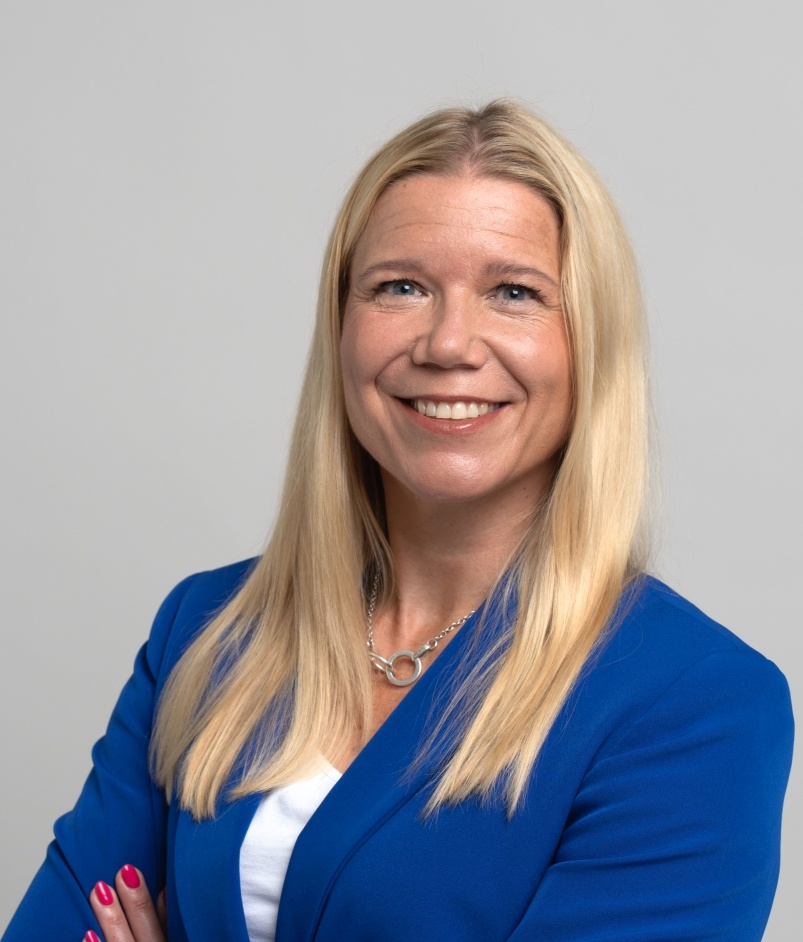Quote-to-Cash: Bridging the gap between sales & finance for B2B SaaS growth
Every B2B SaaS company striving for growth faces a fundamental tension: sales teams want the flexibility to close deals fast, while finance teams...
5 min read
 Paula Ranttila
:
Apr 14, 2025 3:26:01 PM
Paula Ranttila
:
Apr 14, 2025 3:26:01 PM
Revenue recognition is a critical aspect of financial reporting for B2B SaaS companies. Missteps in recognizing revenue correctly can lead to compliance issues, financial misstatements, and even revenue leakage. In this Q&A, we explore common SaaS revenue recognition challenges and best practices to avoid costly mistakes.
Q: What are the most common revenue recognition challenges enterprise SaaS companies face?
Defining and implementing clear revenue recognition rules can lead to potential issues if not carefully managed. Common pitfalls include:
Delayed recognition or incorrect booking can have serious financial consequences. If revenue is recorded incorrectly, it can mislead investors, impact bank relations and financial planning, and create compliance risks, especially in regulated industries. Additionally, discovering missed invoices months later makes it difficult—if not impossible—to go back and charge customers retroactively, damaging trust and customer relationships.
Ensuring revenue reporting remains audit-ready requires adherence to strict revenue recognition guidelines.
First, companies should establish clear, documented revenue recognition policies that align with standards like ASC 606 or IFRS 15. It is crucial for accounting teams, including bookkeepers and controllers, to be thoroughly educated on how to properly defer and recognize SaaS revenue to avoid mistakes.
In cases where a customer cancels or modifies a contract, the revenue recognition process must be adjusted accordingly to reflect these changes and accurately update the deferred revenue schedule. Additionally, regular reconciliation of revenue should take place on a monthly basis to catch discrepancies early and maintain consistency in reporting.
Strong contract management is also essential. A centralized contract repository can help track key terms, amendments, and renewal dates, ensuring that revenue recognition aligns with contractual agreements. Automated alerts for changes in contract terms can help finance teams proactively adjust revenue recognition schedules. By leveraging an end-to-end revenue management solution, companies can eliminate manual tracking errors, streamline compliance, and gain real-time visibility into revenue streams.
A strong revenue recognition process requires:
Automation plays a crucial role in minimizing manual errors and ensuring compliance with revenue recognition standards. When revenue recognition rules and workflows are clearly defined, an automated system can streamline the entire process by deferring and recognizing revenue according to the terms of the contract.
It can also trigger alerts for billing discrepancies, allowing issues to be addressed before they escalate into larger problems. Additionally, automation can generate audit-ready documentation, which significantly reduces the risk of compliance failures.
However, it's important to note that poor system integration can create challenges. To avoid this, companies need to carefully design and test integrations between their CRM, billing, and accounting platforms to ensure seamless data flow and accurate revenue recognition.
Automation can also help manage the treatment of customer acquisition costs (CAC). Under ASC 606, incremental costs such as sales commissions should be capitalized and amortized over the expected customer relationship period, aligning expense recognition with revenue recognition. Implementing an end-to-end revenue management platform can streamline this process and reduce manual errors.
Revenue recognition is not just a finance function—it requires coordination across multiple teams:
Sales Team:
RevOps Team:
Finance Team:
By fostering a culture of collaboration and communication between these teams, B2B SaaS companies can improve their revenue recognition processes and reduce the likelihood of costly revenue leaks.
An effective revenue management platform should offer automated revenue recognition that aligns with ASC 606 or IFRS 15 standards, ensuring compliance and accuracy. It should also seamlessly integrate with CRM and ERP systems to prevent any invoicing gaps and ensure smooth data flow across platforms.
Advanced analytics are essential for tracking deferred revenue and detecting any anomalies in the system, allowing for proactive adjustments. Additionally, the solution should include audit-ready compliance features that simplify financial reporting, helping businesses stay prepared for audits and ensuring transparency in their financial practices.
Companies should prioritize creating a clear revenue recognition policy and ensure that teams are thoroughly trained on compliance and regulations to maintain consistency and accuracy. While Excel may work in the early stages, as the business grows, it is essential for companies to invest in a comprehensive, end-to-end revenue management solution. This investment helps reduce human errors, minimize manual workload, and ensures more efficient revenue management as the company scales.
Additionally, companies should develop a reliable process for handling exceptions, such as billing delays or contract modifications, to avoid disruptions in revenue recognition. Finally, working with experienced consultants can help ensure that system integrations are correctly configured from the outset, preventing costly issues down the line.
Create a centralized revenue recognition framework that aligns all teams and systems under one automated, audit-ready process. Having a structured, transparent approach will prevent errors, ensure compliance, and support long-term financial health.
By proactively addressing revenue recognition challenges, B2B SaaS companies can avoid costly mistakes, strengthen investor confidence, and ensure sustainable growth.
Read more:
How to stop leaving money on the table in subscription renewals and expansion
Bridging the gap between sales & finance for B2B SaaS growth
Do challenges in your revenue lifecycle management slow down your business? We’ve created a quick assessment to help you identify bottlenecks in your current setup.
Every B2B SaaS company striving for growth faces a fundamental tension: sales teams want the flexibility to close deals fast, while finance teams...
Effective revenue operations form the backbone of sustainable success for B2B SaaS companies. Yet many businesses find themselves stuck in outdated...

Subscription revenue recognition is particularly crucial for SaaS businesses. Unlike traditional models, SaaS relies on subscription-based invoicing...